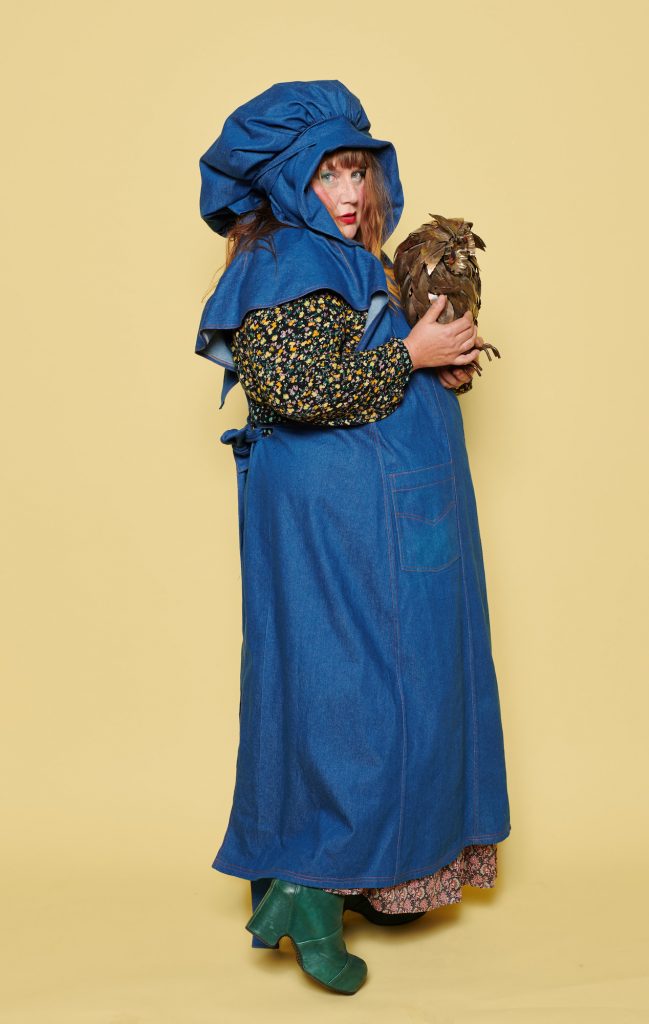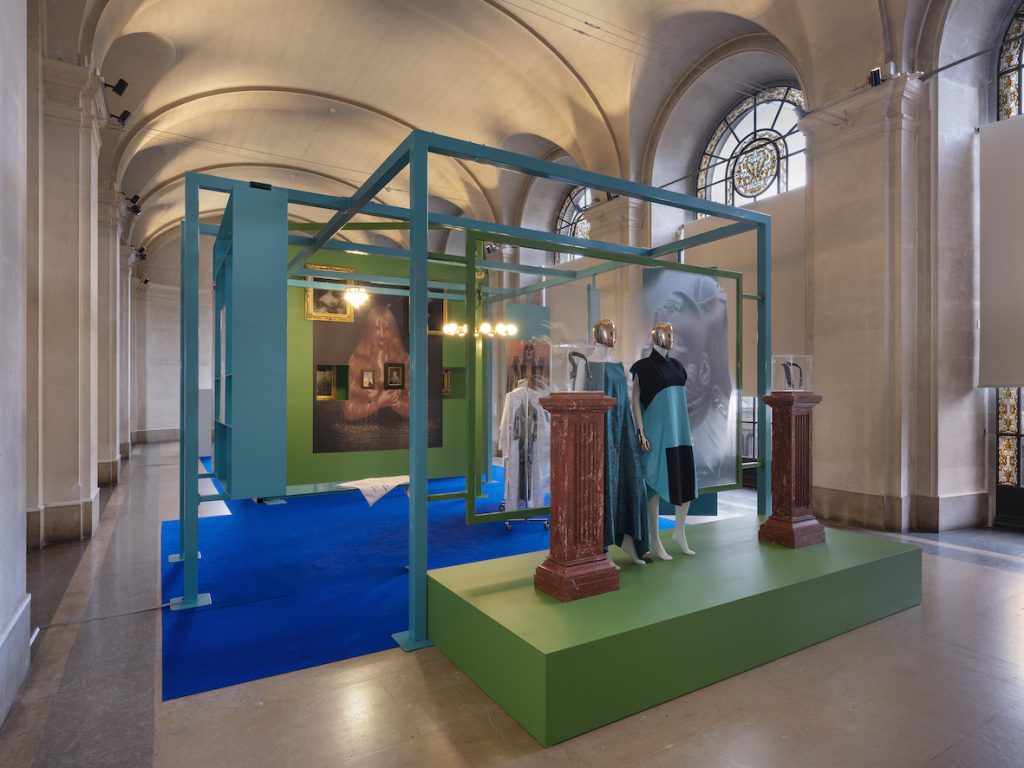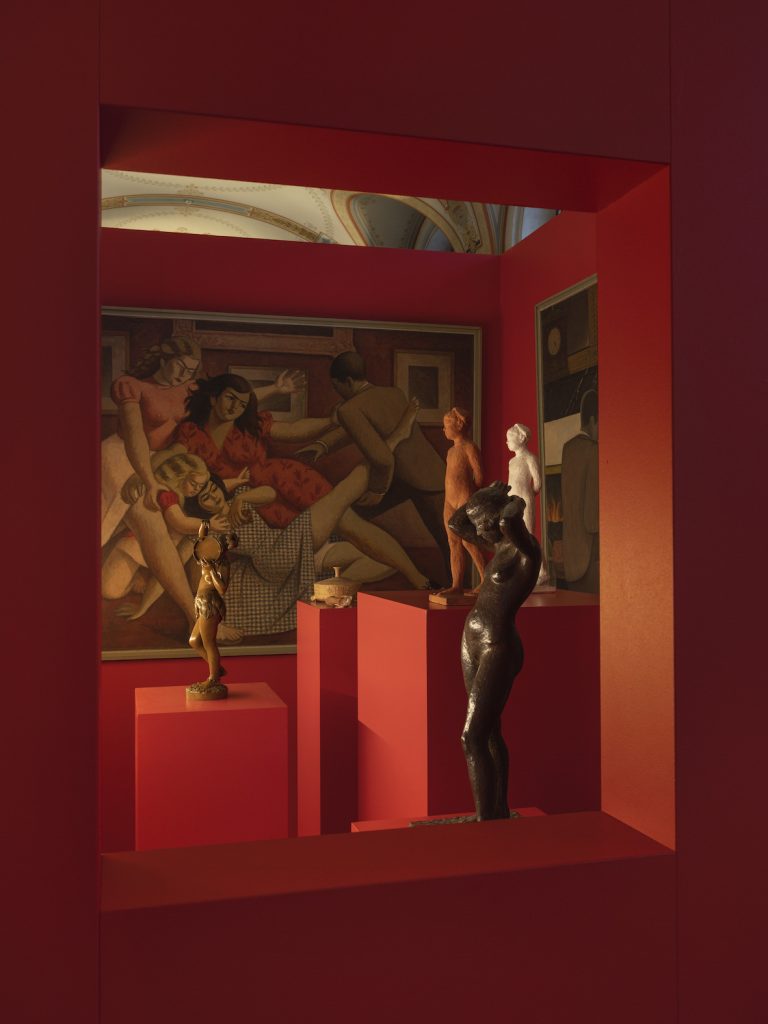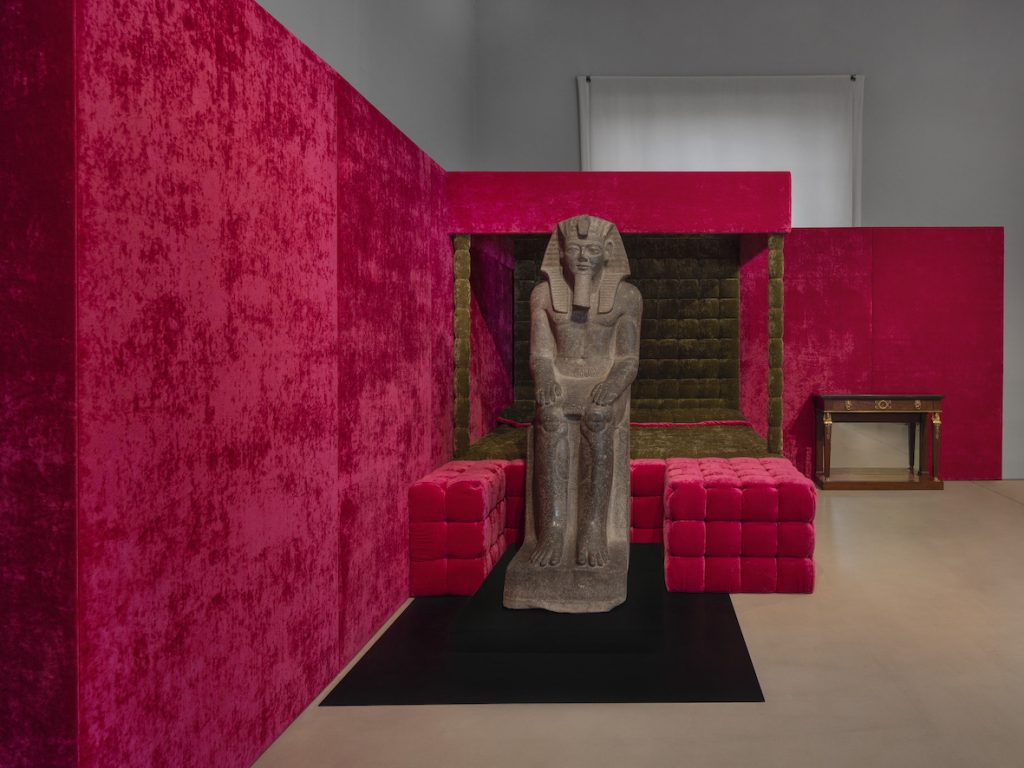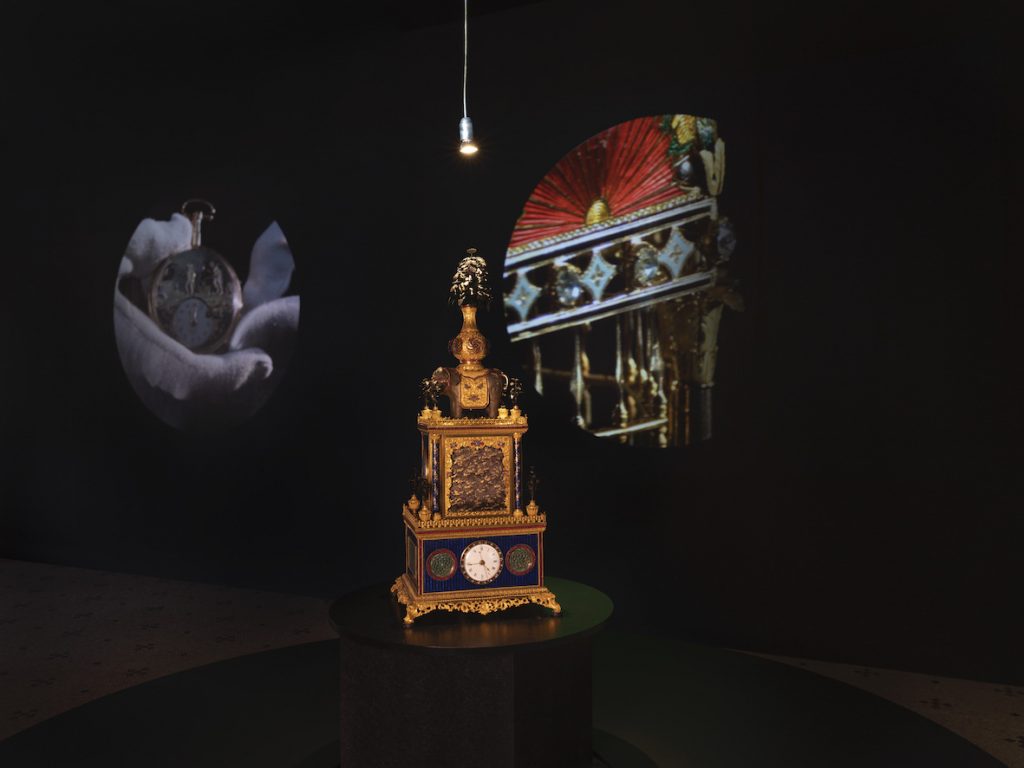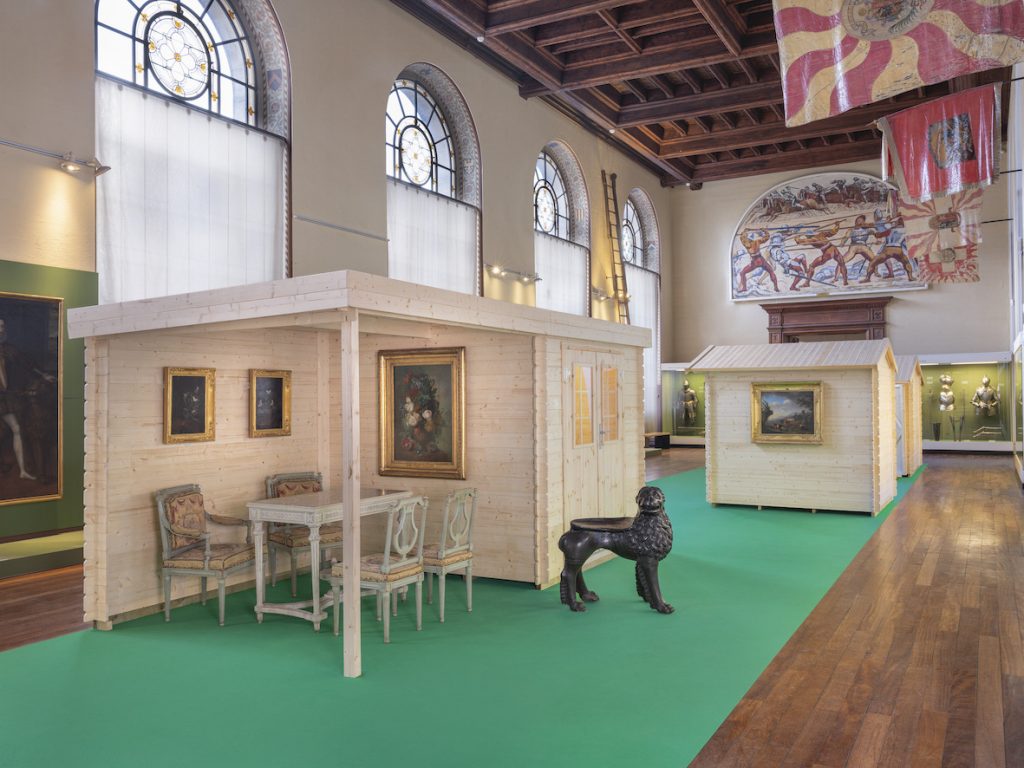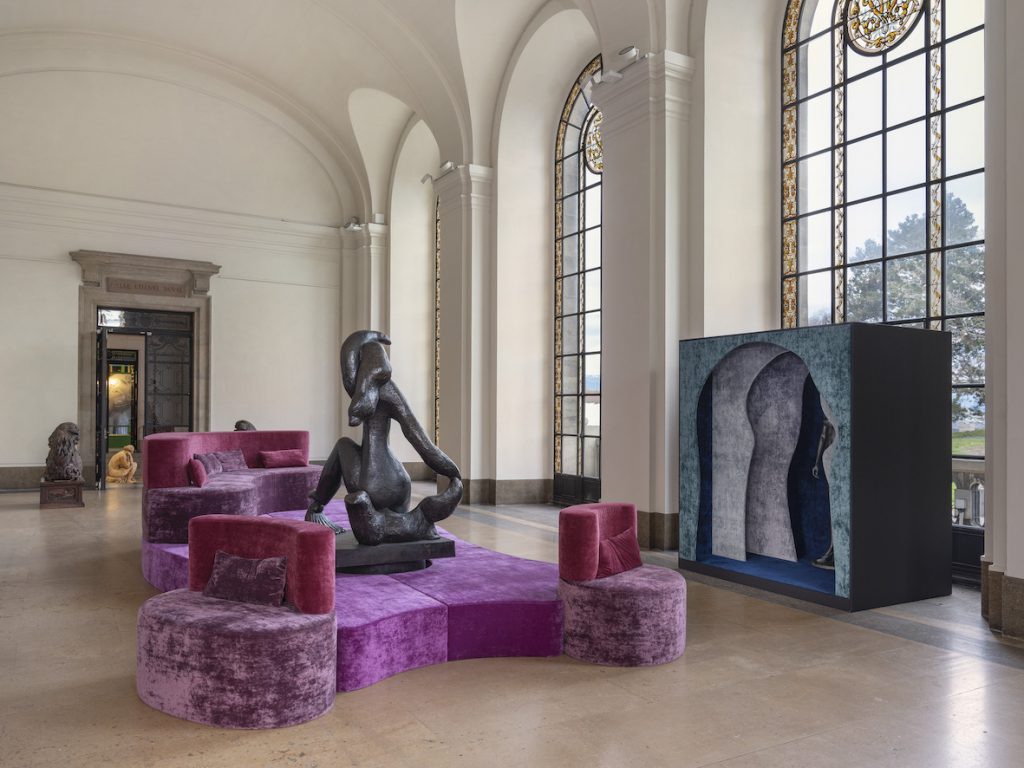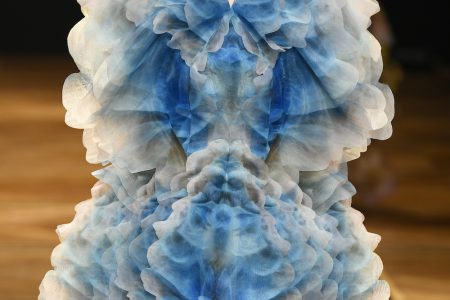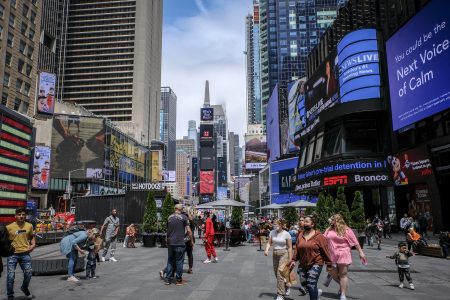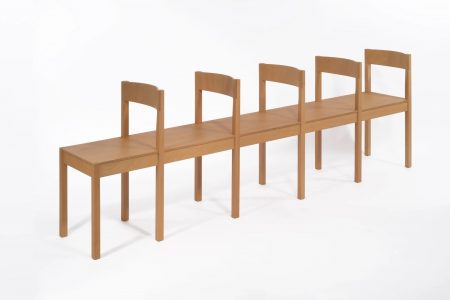Walk on the Water: An Interview with Curator Jakob Lena Knebl
Geneva’s Musée d’Art et d’Histoire (MAH) presents ‘Walk on the Water’. Curated by Jakob Lena Knebl, the exhibition reimagines the museum through various domestic spaces; art, design, popular culture and history are combined through the lens of the everyday.
Geneva’s Musée d’Art et d’Histoire (MAH) presents Walk on the Water. Curated by Jakob Lena Knebl, the exhibition reimagines the museum through various domestic spaces; art, design, popular culture and history are combined through the lens of the everyday. Jakob Lena Knebl has incorporated countless interventions within the permanent exhibition spaces of the museum, while all temporary exhibition spaces, from the AMAM hall to the Palatine rooms, have been made into playgrounds for the artist and visitor alike.
In Walk on the Water, visitors are regularly prompted to interact with the installations: to sit down on a modular memory foam sofa presented as a “soft sculpture”, to try on clothes laid out in an installation suggestive of a fashion store, to observing the colossal statue of Ramses II taking a well-deserved nap – a humorous nod to the cult of the dead in his homeland. Through each of these interventions, Jakob Lena Knebl creates a dynamic, vibrant, and entertaining experience, encouraging visitors to take a leap of faith – to walk on water. TLmag speaks with the artist about merging private and public spaces, finding inspiration in the mainstream, and interweaving strange and familiar narratives through the exhibition.
TLmag: I understand that you have curated several exhibitions before Walk on the Water. How does your identity and practice as an artist affect your perspective on curation?
Jakob Lena Knebl (JLK): In my role as an artist-curator, I have a very personal approach to collections. Because of this, I can deconstruct the museum’s canon of exhibiting. I can present objects in unusual displays, or make the display itself a thing of art. I have the possibility and opportunity to break away from these institutional norms. In my own work, I am interested in the identity of things, of materials and genres, etc. and how these become co-creators of our identities. My focus is the transformation process.
TLmag: Can you tell me a bit about this process in terms of creating Walk on the Water?
JLK: After Marc-Oliver Wahler saw my exhibition at mumok in 2017, in which I interlaced my own work with items from the collection, we got to know each other and a lively, inspiring exchange developed. When he gave me a carte blanche for the exhibition at MAH, I was constantly at the museum, going through the depots and discovering interesting things. Then Covid19 came, and it was great that many works from the collection are also available digitally. In addition to this, there was a consistent dialogue with the respective collection managers who also suggested works to me. Throughout this time I also developed the different scenographies. So it went on step by step. It’s like a puzzle. You’re discovering an art piece and asking what can I do, or create around it, or sometimes you have the display first and then add the artworks. For me, the idea is that when you go to a show, you often search for things which are familiar to you or align to what you already know: everyone lives. For me this was the entrance point.
TLmag: You have placed a lot of emphasis on the way women have been portrayed throughout art history, and upon identity and the body. How do you approach or express these themes within the exhibition?
JLK: In the exhibition I created this soft sculpture display where you can sit very close to the Great Oceanid by Henri Laurens. I was really impressed by his idea of the female body. She’s so wild and spooky. I also chose sketches from Carlos Schwabe, one of which is used for the exhibition poster. I was really astonished when I found these sketches in the depot, because it reminds me of horror novels and pulp fictions from my childhood. I couldn’t believe that they were made in 1909. I’ve never seen such a furious, scary representation of a woman in art history.
Complexity is important to me in my exhibitions. I try to interweave different narratives. I’m interested in how identity is constructed and what opportunities arise from its transformation. We are all bodies in space, sculptures in motion. For this exhibition, I collected everything I could find concerning censorship. It’s strange, what censorship is doing to us, and the situations in which it comes up throughout history. I’m asking if it’s similar now, and how we deal with it. We have to show history, but also mediate the other information.
TLmag: What was important to you to achieve in terms of the relationship between the public and the museum, and this interweaving of private and public spaces?
JLK: I’m interested in the transfer between private and public spaces, and the question of what we take with us after visiting a museum. But I also consider the fact that many people first look for familiar things in an exhibition as a starting point to understand it.
Another characteristic of my work is the bringing together of high and low: the addition of everyday life, or a democratisation of what is presented. I had the idea to use works that are well known, but presented in an entirely new way. It’s not often that we have this possibility because usually when we know something quite well, we don’t give it attention anymore. But I hope to offer a new view, and humour and music also play a major role in this.
Each scenography of Walk on the Water houses different topics. For example, there is the hybrid between a museum shop and a display for clothes, which also shows portraits where you can see the development of fashion over time. Or there is the black room with the clocks, where the clocks are on a rotating platform and there are video projections showing details from these amazing old clocks, also rotating. While you watch you hear the first sequences from Pink Floyd’s Time. The idea was to feel the movement of the room with your body; the movement of the clocks and time.
TLmag: With this merging of public and domestic space, the museum objects become almost like characters or occupants of a house. In your scenographies, the visitor also becomes a character and interacts with these museum objects. I was wondering then, who owns the house, and who is the guest? How do you see that relationship?
JLK: That’s an interesting question. I think that in a way, everyone owns these pieces from art and design history. It’s a collection for the public, and the idea of this exhibition is that visitors become part of this collection too. It is important for me to create scenographies that give people easy access and understanding. I think it’s because I’m interested in the mainstream – I’m not so scared of it. I think about what is offered through mainstream that people find interesting, and what possibilities this offers to gain a wider audience.
Walk on the Water is on display at Musée d’Art et d’Histoire, Geneva, until 27 June, 2021.
